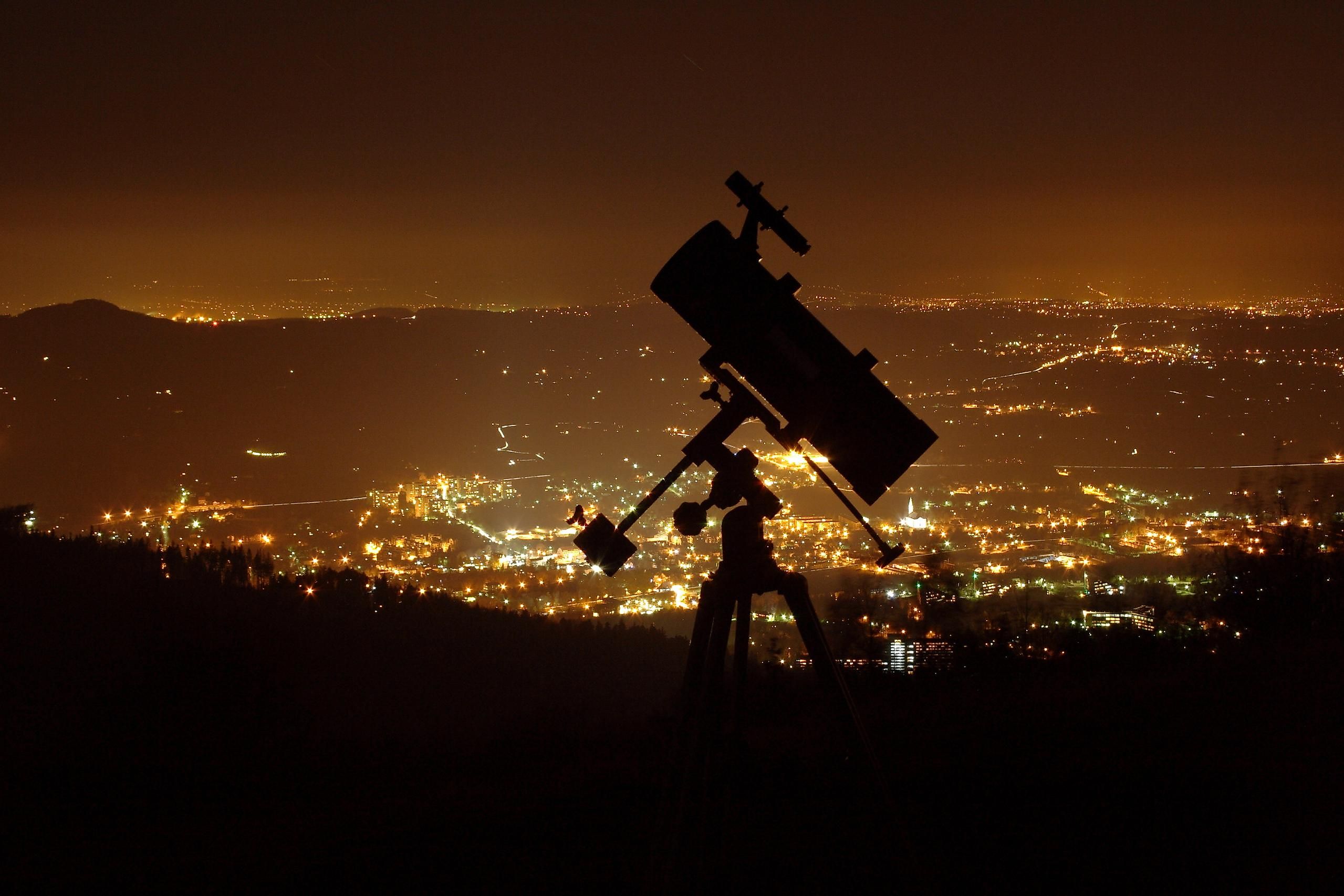
New Research Suggests Light Pollution Is Worse Than Previously Thought
If you live in a large city, you have likely noticed that at night you cannot see a lot of stars. In fact, depending on how big of a city you live in, you may even be able to count the number of stars you can see. The lack of visible stars in towns and cities is due to a phenomenon known as light pollution. Basically, the sheer number of lights on Earth outshine the light of thousands of stars, and so in urban areas, only the brightest stars are visible. Newly published research suggests that the amount of stars visible from Earth’s surface is decreasing faster than previously thought as the amount of light pollution gets worse.
What is Light Pollution?
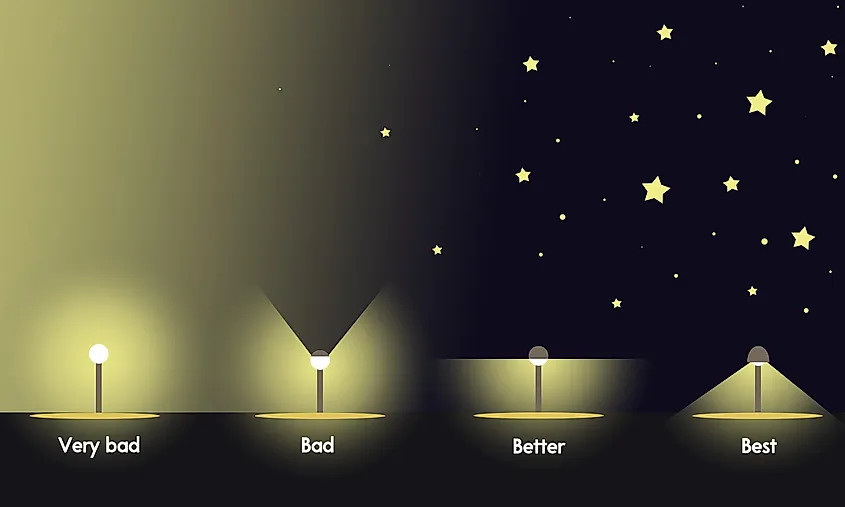
If you live in a city and have ever travelled outside that city, you may have noticed that when it’s dark, there are more stars visible outside the city than there are inside the city. This is due to the amount of light being emitted within the city, which makes its way into the atmosphere and scatters, causing the night sky to appear significantly brighter than it otherwise would. While light pollution does exist during the day, it is most significant at night. The reason why it is defined as a type of pollution is because artificial light is known to have negative impacts on both human health and the environment. For example, artificial light can disrupt human sleep patterns, which itself can cause other significant health issues in the human body. In addition to humans, artificial light can disrupt wildlife and their ecosystems, and thus too much artificial light is defined as being pollution.
Is Light Pollution Getting Worse?
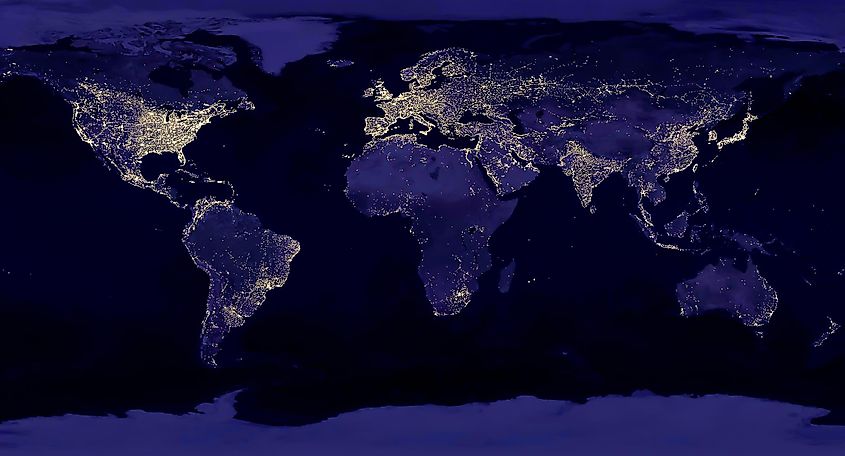
The night sky was once essential for human survival. Civilizations from all over the globe and throughout history relied on star patterns to predict the seasons, animal migrations, navigation, and the best time to grow and gather crops. Understanding patterns in the night sky was essential for human civilization to exist and flourish. However, over the course of the last couple centuries, human civilization has become less reliant on the night sky and its patterns. As we developed the means to produce more and more artificial light on the surface, the night sky has slowly begun to disappear. As urbanization expands across the globe, the amount of artificial light has also been increasing. Thus it probably comes as no surprise that light pollution has been getting worse year after year. However, new research suggests that light pollution is actually getting worse than previously thought, and at a faster rate as well.
How Light Pollution is Measured
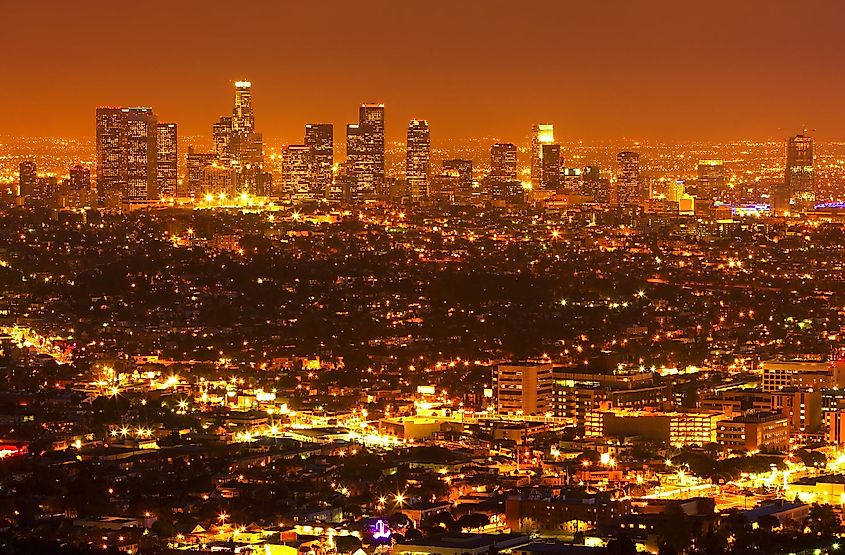
For the most part, scientists have relied on satellites to measure the amount of light pollution on Earth. This is done by simply having satellites measure the total output of artificial light on Earth’s surface and how much of it is being scattered in the atmosphere. However, there is actually no satellite that measures the total amount of light pollution around the globe. This is due to both a lack of sensitive enough technology and funds. Interestingly, there is another way to measure light pollution without the need for satellites: simply ask people what the sky looks like where they live. An often used method in some sciences is to rely on citizen scientists; individuals with an interest in science who report data to larger scientific organizations. Recently, scientists from both Germany and the United States published data gathered from 2012 to 2022 on the current state of light pollution on Earth. The project, which was called The Globe at Night Citizen Science Project, asked anyone who wanted to participate to observe the night sky where they lived and report how much light pollution was present based on the number of stars visible. Over the course of a decade, they used 50,000 total observations from 19,262 locations worldwide. Based on all this data, researchers found that light pollution is increasing more dramatically than data from satellites suggests. Satellite data suggested that some areas even saw a decrease in light pollution, with Europe having an average decrease of 0.3% per year and North America seeing a 0.8% decrease. The citizen scientist data, however, showed a 6.5% increase for Europe and a 10.4% increase for North America. The overall average across all the data was a 9.6% increase in light pollution per year. While this discrepancy between satellite data and observational data may seem strange, it actually makes sense when we consider certain factors, the most notable of which is the type of lights we use. Over the last couple decades, towns and cities have begun using LED lights rather than the older sodium lights. While LEDs focus more light on the surface than previous lights and they consume less energy, they also release a much higher amount of blue light. Blue light is higher energy than other forms of light, and it has a much more noticeable effect on the ability for our eyes to see at night. Furthermore, blue light scatters in our atmosphere more efficiently than other forms of light, and so LEDs result in more light being scattered in our atmosphere. In addition to this, satellites used to measure light pollution have not been designed to measure blue light in the atmosphere as the use of LEDs is a fairly new occurrence. When all this is taken into account, we begin to understand why these dramatic increases in light pollution were not realized before.
Are There Any Solutions?
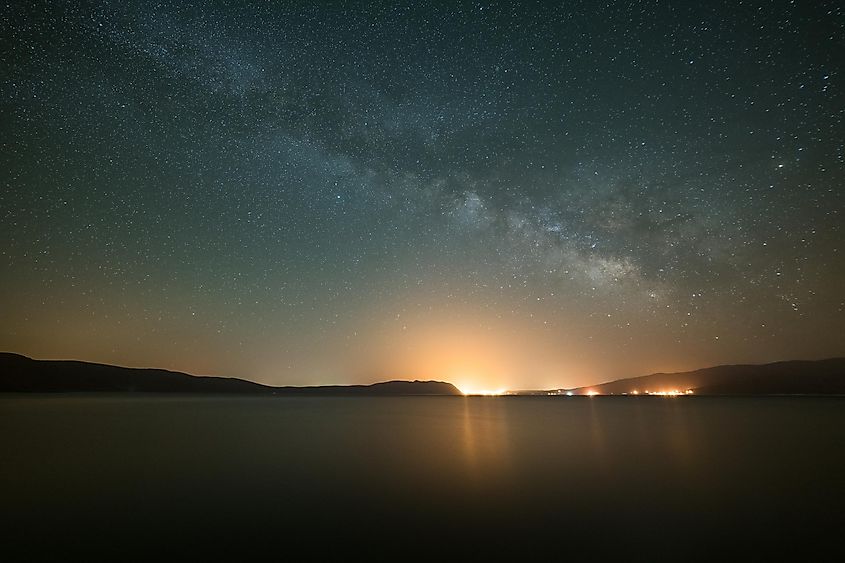
Light pollution poses significant problems for human and environmental health, yet there is no easy solution to fixing the problem. We cannot simply turn all the lights off as human civilization heavily relies on artificial light to function. In the future, LED lights could perhaps be fitted with covers that reduce the amount of blue light they emit towards the sky, or the brightness of artificial lights could potentially be decreased by some amount. As of yet, there is no clear cut solution for solving light pollution. For now, it is important that we preserve areas protected from artificial light, areas generally referred to as night sky preserves. Whatever the solution may be, humanity must be careful so as not to allow the night sky to disappear entirely.











